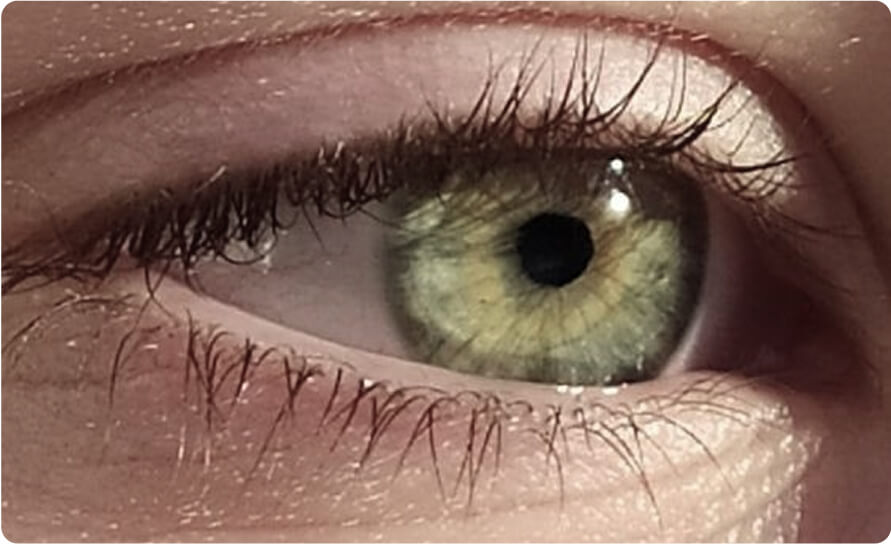
A Revolutionary Approach to Nervous System Wellness
At statechanged™, we prioritize your individuality in our approach to holistic mental health and nervous system wellness. We are not purists; instead, we integrate the best of what works. Our method combines the most effective tools from some of the most respected disciplines, emphasizing the mind-body connection. We provide state specific regulating resources that support and enhance the resilience and wellbeing of your nervous system.

THE INSPIRATIONS & INFLUENCES BEHIND THE STATECHANGED METHOD
1 Mindfulness Teachings
Definition: Mindfulness is the practice of being fully present in the moment with non-judgmental awareness, often rooted in Buddhist traditions. Key Takeaways: Mindfulness encourages present-moment awareness, enhances self-awareness and helps reduce stress. Influence on statechanged™ Mindfulness has shaped The statechanged™ Method by providing foundational principles that support many of our regulating resources.
2 Polyvagal Theory
Definition: Polyvagal Theory, introduced by Dr. Stephen Porges, explores the role of the Vagus Nerve in regulating the nervous system and its influence on stress and trauma responses. Key Takeaways: Offers insights into the hierarchical structure of the Autonomic Nervous System (ANS) and illuminates how our nervous system impacts behavior, stress responses and overall wellbeing. Influence on statechanged™ Polyvagal Theory provided a foundational understanding of the nervous system and the various states.
3 Somatic Work
Definition: Somatic work integrates the body into therapeutic practices, emphasizing the mind-body connection in healing. Key Takeaways: It highlights how physical sensations and body awareness are central to emotional processing, helping to release stored tension and support overall wellbeing. Influence on statechanged™ Somatic work shaped The statechanged™ Method’s approach by incorporating movement as a core practice to support nervous system wellness.
4 The Hakomi Method
Definition: The Hakomi Method, created by Ron Kurtz, is a therapeutic approach that combines mindfulness, somatics and present experience exploration to foster self-discovery and positive change. Key Takeaways: It emphasizes mindfulness and the mind-body connection to uncover how past experiences influence present behaviors. Influence on statechanged™ The Hakomi Method emphasized The statechanged™ Method’s focus on present moment awareness.
5 Internal Family Systems (IFS)
Definition: Internal Family Systems (IFS) is a therapeutic model that explores distinct "parts" within the self, aiming to foster harmony through integration and acceptance. Key Takeaways: IFS helps build self-awareness by identifying, understanding and integrating the internal "parts" of the self, promoting acceptance and balance. Influence on statechanged™ IFS shaped The statechanged™ Method’s understanding of "state specific stories," suggesting that each unique nervous system state influences perception and interactions with both the self and the external world.
6 Cognitive Behavioral Therapy (CBT)
Definition: Cognitive Behavioral Therapy (CBT) is a therapeutic approach that examines the connection between thoughts, feelings and behaviors, aiming to transform negative patterns. Key Takeaways: CBT focuses on identifying and reshaping distorted thinking to positively influence emotions and behaviors. Influence on statechanged™ CBT informed The statechanged™ Method’s belief work component, highlighting how thoughts and the narratives they create can influence emotions and behaviors, either supporting wellbeing or perpetuating harmful patterns.
7 Dialectical Behavior Therapy (DBT)
Definition: Introduced by Marsha M. Linehan, DBT is a therapeutic approach designed to help individuals better manage their emotions and embrace their experiences. It is highly effective in addressing various mental health conditions and equipping individuals with practical skills to navigate life’s challenges. Key Takeaways: DBT focuses on improving emotional regulation, enhancing interpersonal effectiveness, building distress tolerance and supporting overall mental wellbeing. Influence on statechanged™ DBT significantly influenced The statechanged™ Method by deepening its understanding of emotional dynamics. Many of our regulating resources and practices are inspired by DBT techniques, helping facilitate smoother transitions between nervous system states.
8 Law of Attraction
Definition: The Law of Attraction suggests that "like attracts like," meaning that positive or negative thoughts bring corresponding experiences into one's life. Key Takeaways: Emphasizes the power of thoughts and beliefs in shaping reality and influencing life experiences. Influence on statechanged™ The Law of Attraction influenced step four of The statechanged™ Method, which emphasizes the power of belief work and visualization. The Law of Attraction reinforces the role of one's mindset as it pertains to aligning present thoughts with one's desired state of being.
Introduction to the
— Five Step Protocol
The statechanged™ Method's approachable five step protocol is best explored in our workbook, but can also be accessed through our digital downloads. Below, discover a brief overview of each step.

Step ①
— Become State Aware
Mindfully observe your feelings, thoughts, behaviors and sensations without judgment.

Step ②
— Accept the State & Express Gratitude
Embrace your current state and honor the brilliance of your nervous system by practicing acceptance and gratitude.

Step ③
— Practice a
Regulating Resource
Select a state specific regulating resource to support your nervous system and take note of any shifts.

Step ④
— Re-align with Truth through Belief Work & Visualization
Challenge false narratives and reconnect with the truth that wellbeing is your natural state by using belief work and visualization exercises.

Step ⑤
— Create Spaciousness & Welcome State Change
Allow transformation to unfold naturally by observing your state with openness, self-awareness and compassion.

Regulation
— Ventral
Regulation is a calm and balanced state, marked by a sense of safety and connection. Thoughts are clear, energy flows naturally toward connecting with others and there’s an ease in navigating life’s challenges. Feelings of warmth, openness and optimism naturally arise in this state.


Activation
— Sympathetic
Activation is a high-alert state triggered by a sense of danger or urgency. Energy surges, the heart races and focus sharpens to tackle what feels like immediate demands. Stress and tension build, creating a restless drive to act, fix or escape quickly.


Depletion
— Dorsal
Depletion is a low-energy, withdrawn state that often follows prolonged stress or overwhelm. It brings a pull to disconnect, a fading of motivation and difficulty engaging with life. A sense of heaviness and fatigue sets in, making it hard to stay active or interested.


Overload
— Freeze
Overload is a frozen, overwhelmed state that feels like being trapped by stress. Moving forward seems impossible as thoughts race and fear or confusion takes over. Decision-making feels out of reach and everything seems too overwhelming to handle.



The First of Our Kind
As the first nervous system wellness brand, statechanged™ removes the shame often linked to dysregulated states by showing that each nervous system state serves an adaptive or protective purpose. Your nervous system is designed to protect you — dysregulation occurs in response to real or perceived threats. statechanged™ provides clarity and understanding through straightforward state breakdowns, making it easy to identify your current state. Rather than leaving you to define your experience on your own, statechanged™ equips you with the language to describe it and actionable steps to move out of dysregulation and return to your natural state — one of wellbeing.
1 State Specific Numerical Scale
Track and Understand Your Nervous System Intensity
statechanged™ numerical scale provides a simple way to measure and track the intensity of each nervous system state — Regulation, Activation, Depletion and Overload. Assigning a number from 1 to 10 helps map the nuances of your experience, deepen your connection to your present state and effectively communicate with a therapist or coach if desired. This personalized approach empowers you to build a nervous system toolkit tailored to your unique needs.
2State Specific Regulating Resources
Targeted Resources for Every Nervous System State
Each nervous system state — Regulation, Activation, Depletion and Overload — has its own characteristics and needs. statechanged™ regulating resources are designed to provide targeted interventions for each state, guiding you toward balance. By addressing each state’s unique needs, these resources promote effective and personalized nervous system wellness.
3Recognition Lists for State Awareness
Empowering State Awareness through Language
Understanding your experience starts with the right language. statechanged™ recognition lists provide the words and insights to identify each nervous system state without judgment. With relatable phrases, cues and examples, these lists help you confidently say, “yes, that’s what's happening.” This simple act of recognition is a powerful first step toward taking effective action to support your nervous system.











